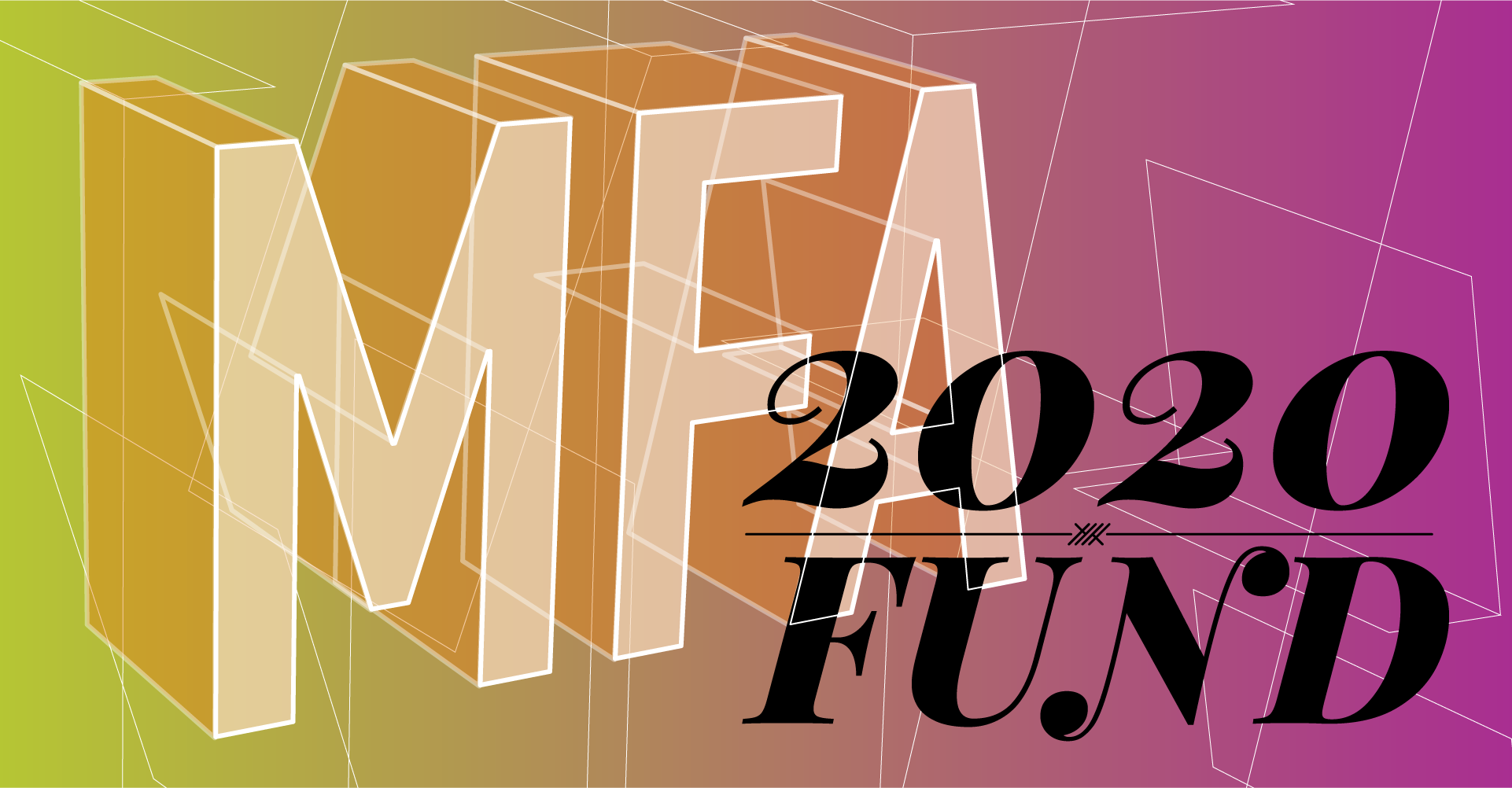Interview conducted by Kay Heino ’23.
I have been in contact with Don Porcella – it has been such a pleasure. I was able to ask a few questions to get to know him better, and it was so nice to learn more about his work and his past. These are the great responses I received from the interview.
______________________________________________________
KAY:
Can you brief everyone on who you are and what your practice involves?
DON:
Hi, my name is Don Porcella. I grew up in Modesto, California. My mom was a trailblazing fiber and textile artist who was part of the wearable art movement of the 1960s and 70s. She made her mark creating contemporary quilts and founding S.A.Q.A. to help elevate quilts to fine art. The youngest of four kids, my mom dragged me around with her as she navigated a world she created for herself and others.
While earning my degree in Psychology at UC San Diego, the Stuart collection (outdoor sculpture on campus) inspired me to make sculpture. After my degree from California College of the Arts, I moved to New York to work as an artist assistant to Miriam Shapiro and David Salle. Working for these artists taught me a lot about what making art full time looks like. The experiences I had in grad school at Hunter College in New York helped me establish my career as a painter and sculptor because most everyone there knew art could be a full time career.
My art practice attempts to activate the senses and involves sculpture, installation, music, sound, painting, drawing, illustration, animation, performance, and NFTs. I’m interested in utilizing low brow materials that weave us together through shared experiences. Nature was a big part of my life growing up and one of my goals is to reconnect people to their natural environment. My practice utilizes humor which I hope disarms the deeper questions my work asks the audience.
KAY:
A lot of your sculptures are handmade, not by traditional materials. I really enjoy the fun textures that are made, what’s your favorite medium to use and why?
DON:
I create in several different mediums because it keeps it interesting for me. To work with different materials keeps me engaged. This variety creates first impressions my own work has when I see it with fresh eyes. I love fiber because it’s not messy and it’s portable. It’s malleable and it loves back. The handmade is an effort to celebrate what makes humans unique and different from robots and machines. I grew up in a DIY household and I love outsider art. I guess at some point I realized that there is a human signature in the handmade.
KAY:
Living in different parts of the United States, what is something you find most inspiring for your art practice?
DON:
For the first 20 years of my life, I lived in California but then I took trips to Mexico and Europe and adventure became essential to my understanding of the world. In the last 10 years we’ve moved three times for my partners job in the arts. These experiences have helped me find collaboration and spontaneity as allies in my practice. Collaboration is a way of making short term relationships last longer. Spontaneity allows expression to be more memorable than rehearsed. I have become much more interested in “found sounds” and field recordings as a result of our travels which reinforces memories of the places we’ve been. I was so happy to be included in the 2015 Venice Biennale with an artwork that was a collaboration with an Iranian rap artist. Moving around has created opportunities for me to think more about collaboration in my fine art practice as well.
KAY:
As a MFA student, sometimes I’m daydreaming about the life after. Do you have any advice for graduating MFA students?
DON:
Be inclusive! Create space for each other. Do things for others. Help each other. Open galleries in your homes and studios. Have curators curate other artists into the exhibitions. Create a map of all of these spaces. Set up all the openings for one weekend during the month. If what you need is not available, invent it. In the absence of what you need, there is potential to create opportunities for yourself and others. Start a magazine, start a small press, start a foundry, start a fabrication business, etc… Create the infrastructure for your art and other creative people. By helping others, you will ultimately be helping yourself.



